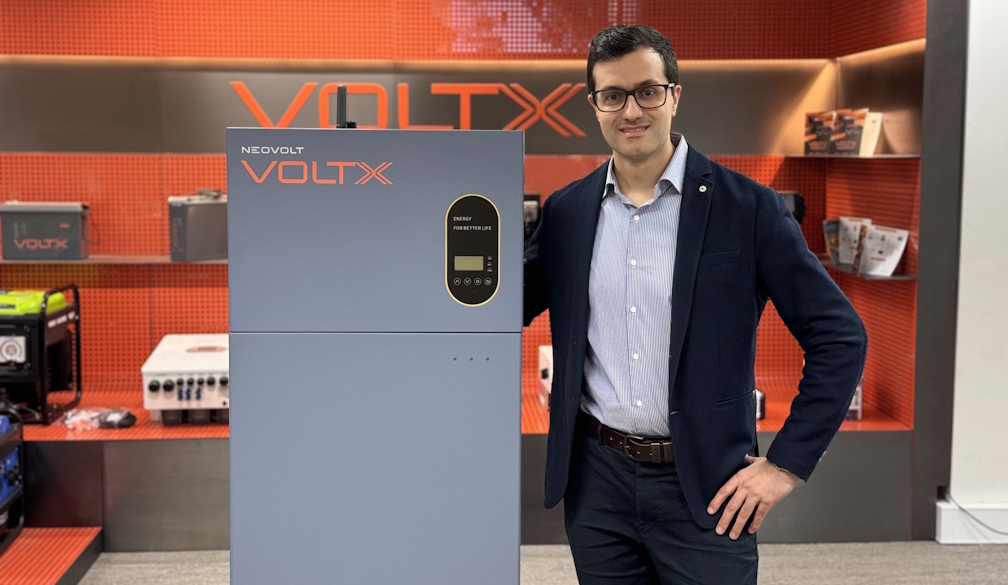The Rising Demand for Lab-Grown Tennis Bracelets
- Written by NewsServices.com

Lab-grown tennis bracelets are becoming increasingly popular among jewellery enthusiasts. These pieces are created by replicating the same processes used to create mined diamonds in a lab environment. Lab-grown diamonds have become a viable alternative for those wanting to purchase luxury jewellery without breaking the bank.
A lab grown tennis bracelet is a type of diamond bracelet that has been created using laboratory-based equipment and techniques. The main difference between natural diamonds and lab-grown versions is that laboratory-created diamonds are made with pure crystallized carbon, while natural stones contain impurities or inclusions that give them their unique characteristics. This means that these bracelets can be more affordable than those made with mined stones, as they don't require mining, which is an expensive process requiring specialized machinery and labour costs.
There are many advantages to purchasing a lab-grown tennis bracelet over one with natural stones. One of the most obvious benefits is cost savings – they can cost up to 80% less than their mined counterparts due to a lack of overhead costs associated with mining operations such as labour, machinery and transportation costs.
Types of Lab-Grown Jewelry
Lab-grown jewellery, also known as synthetic or cultured gemstones, is becoming increasingly popular among consumers for its affordability and sustainability. Unlike mined diamonds and gemstones, lab-grown jewellery is made in a controlled environment, allowing for consistent quality and production cost savings that are passed on to the consumer. Lab-grown gems are identical to natural stones in chemical composition and physical properties—so much so that even jewellers cannot tell the difference with the naked eye.
The two main types of lab-grown jewellery are diamond simulants and genuine gemstones. Diamond simulants are manmade materials designed to look like diamonds but without their high price tag. These include cubic zirconia (CZ), moissanite, white sapphire, rutile quartz, YAG (yttrium aluminium garnet) and strontium titanate. All of these simulants have one thing in common—they’re very hard materials that can be cut into faceted shapes just like mined diamonds.
Properties and Benefits
When it comes to choosing the perfect materials for a project or application, there are many different properties and benefits that should be considered. Clarity, colour, durability and strength as well as cost-effectiveness all play an important role in determining the right product for a specific job. Below we'll discuss these various properties and benefits in greater detail so you can make an informed decision on your next project.
Clarity: When it comes to the clarity of materials used for projects or applications, this is usually determined by the amount of light reflected from a surface. Materials with high clarity will reflect more light than those with low clarity which makes them ideal for use when transparency is desired such as glass windows or lenses. Additionally higher clarity materials have improved scratch resistance which prolongs their lifespan.
Colour: The colour of the material used can also be very important when considering aesthetics. Materials that have been treated with pigments or dyes can come in a variety of colours allowing you to customize your project to match any design criteria you may have in mind.
Conclusion
In conclusion, lab-grown tennis bracelets are a great alternative to traditional diamond jewellery. They are less expensive, more sustainable, and still offer the same sparkle and shine of natural diamonds. Lab-grown diamonds also have fewer ethical implications than mined ones. For anyone looking for an affordable way to express their style with bling, a lab-grown tennis bracelet is an excellent choice.

















